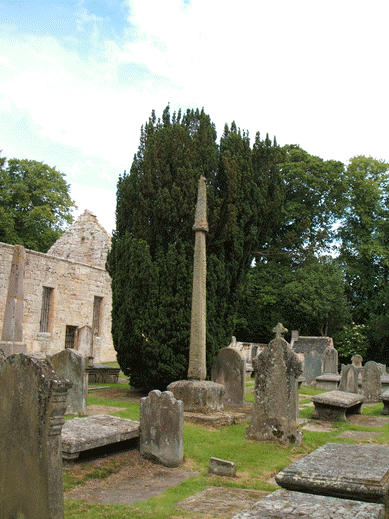Did they just trade for things they needed? Or would they have sold them from a shop of their own, or a little cart? Would they, maybe, have sold them down streets with a wheelbarrow and call out their ware? Sell them wholesale to a merchant?
So far as I can tell, excess would be sold at market. Most people lived within a day's travel of a town that held a regular market - perhaps once a week. However, there would be potentially bigger market fairs through the year, especially in spring and summer.
I'm not sure whether it was sold all at once - if parbaked, grain could store really well. Some towns might have a requirement to hold 2 years of grain against siege. Merchants can and did speculate on grain prices, buying in bulk when it appeared to be cheap and selling at profit later on.
Grain yields increased from 2:1 to 4:1 over the Middle Ages due to improvements in technology - fields could be ploughed fastest using horses attached to a plough with horse collars. Not all farmers would be able to do this, though.
It's worth noting that different crops would be grown. Among the grains, wheat was the most prized but prefers rich, dark soil. Barley was required for brewing. Oats might be grown specifically for horse feed, but if the land was cold and wet - such as northern Scotland - then hardy oats might be the ordinary grain crop.
All sorts of beans, pulses, and root vegetables would be grown - some of which specifically as feed for animals. Carrots had yet to be developed. Animals would be commonly slaughtered in autumn and eaten/salted due to the cost of keeping them in hay and feed over the unproductive winter months.
If we're being strictly mediaeval then one tenth of all produce is tithed to the church. Taxes would vary - IIRC one twentieth of produce is something I've seen mentioned.
My farmers are free men owning their own land,
These were increasing common through the mediaeval period, but it could get complicated - a significant number of farmers would work their own and their lord's land.
The big caveat is that there is no standardised practice across mediaeval Europe, and there could be significant differences by town and region, and of course, period you're basing your world-building on.
Ken Follet's novel
World Without End - the sequel to
Pillars of the Earth - has quite a lot on mediaeval farming.


